Inspired by brain-invading bacteria, researchers have created nanocapsules that covertly shuttle drugs across the blood–brain barrier.
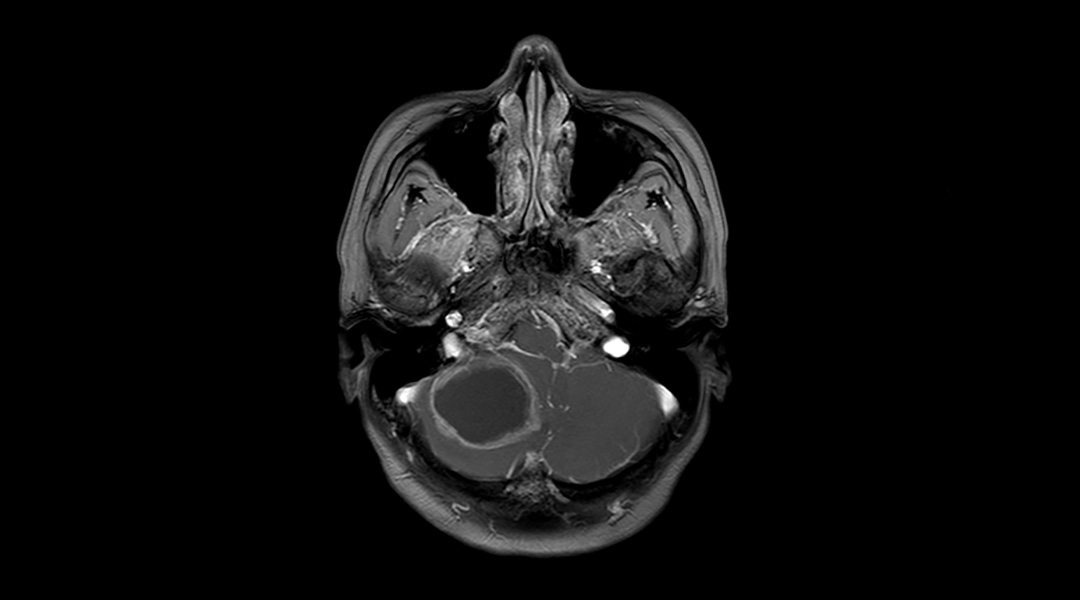

Inspired by brain-invading bacteria, researchers have created nanocapsules that covertly shuttle drugs across the blood–brain barrier.
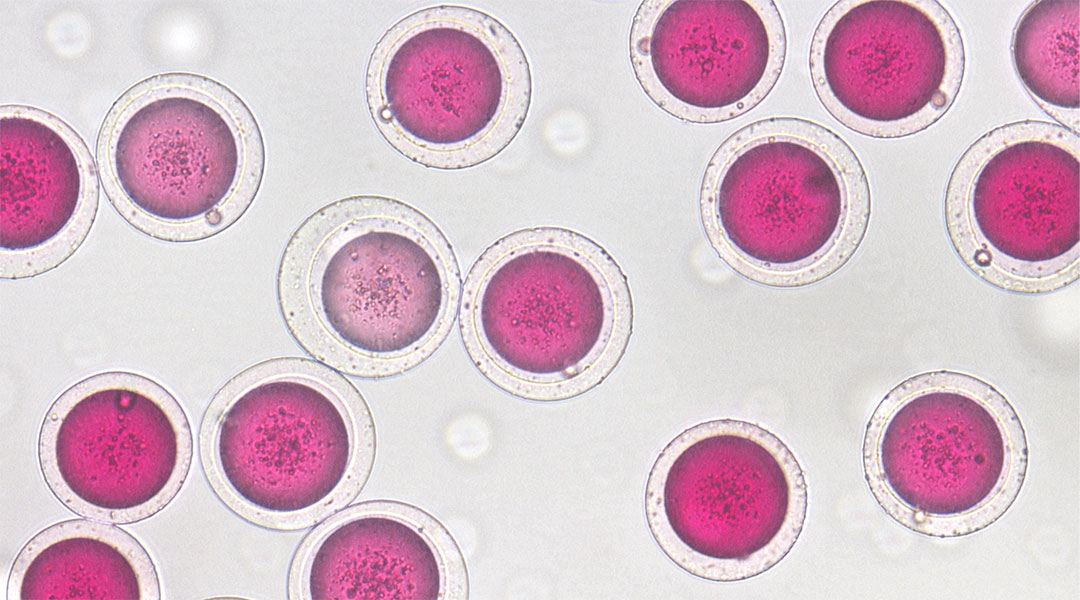
Check out atomic glimpses of graphene ribbons, double bubble microspheres, and a solar evaporator made from bone.

Plant virus nanoparticles home in on the lungs to help prevent the spread of cancer.
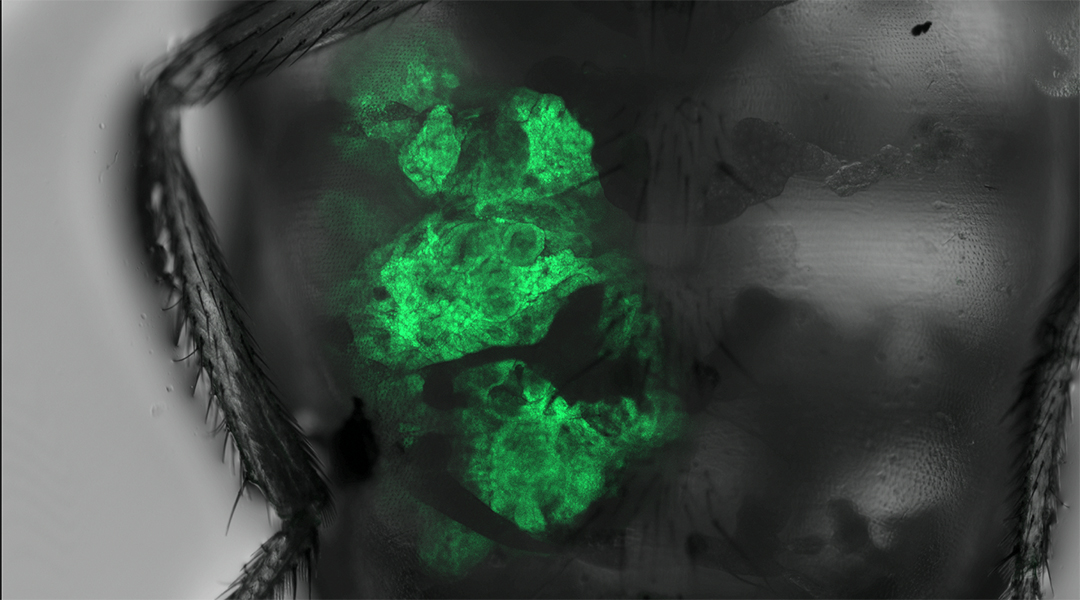
The flies may be tiny, but they can teach us the greatest of lessons in cancer biology and beyond.
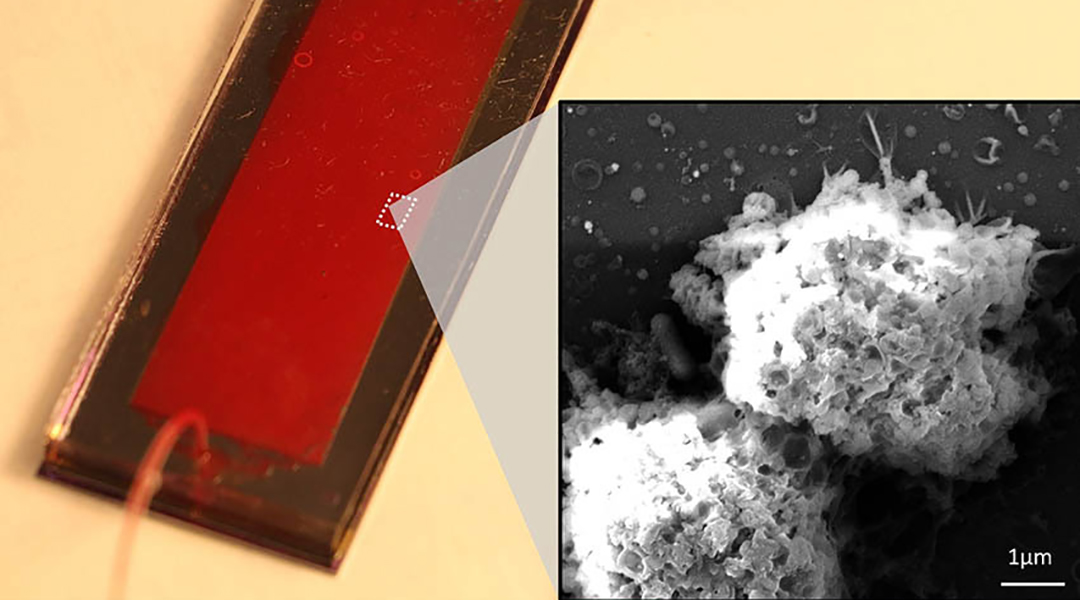
Engineers and oncologists teamed up to develop a microfluidic chip capable of capturing the body’s natural killer immune cells to harvest their cancer-killing exosomes.
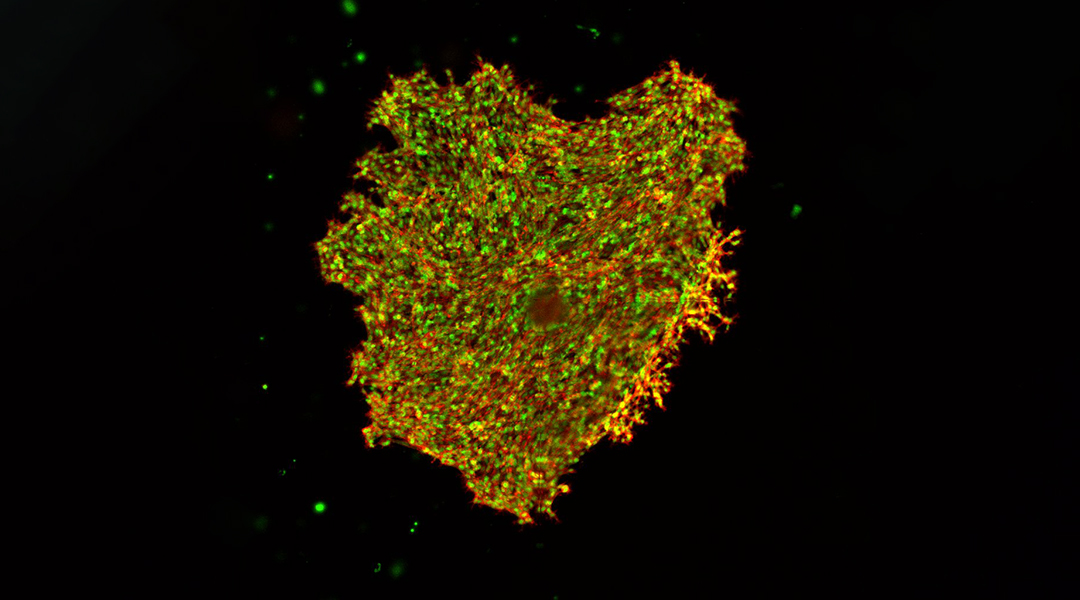
Researchers engineer a hydrogel that recapitulates biophysical changes in the tissues surrounding tumors to investigate how stiffness impacts the mobility of invasive and non-invasive cancer cells.
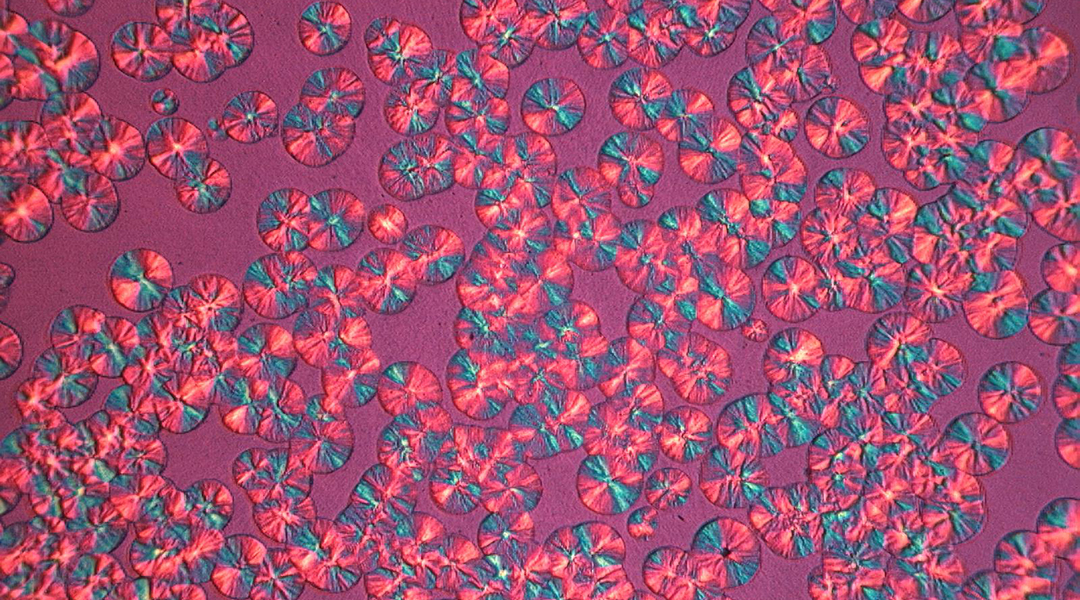
Bringing science to life through spectacular images.
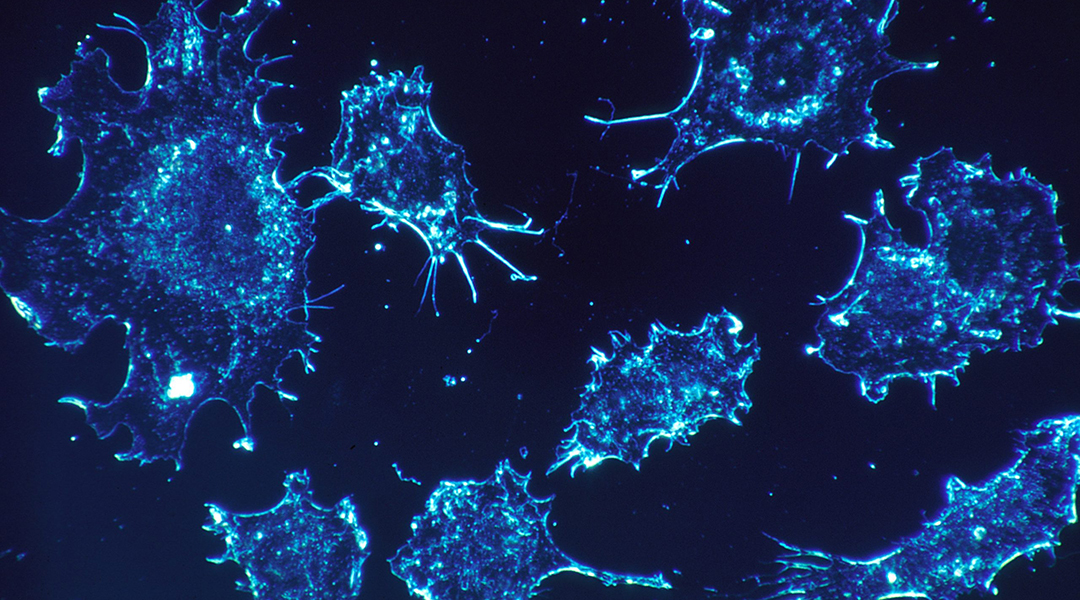
A research team highlights a new strategy in anti-cancer drug development.

Computational modelling enhances the multidisciplinary approach to understanding the epithelial-to-mesenchymal transition in cancer metastasis.
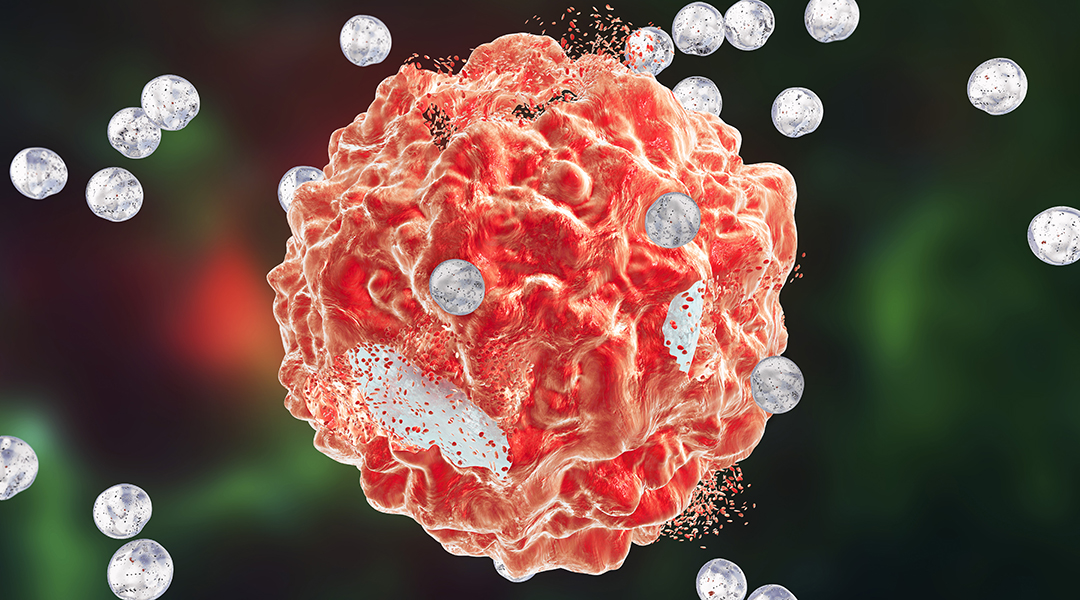
Nanotechnology has emerged as an innovative tool in medicine that could alter the landscape in relation to disease treatment and prevention.